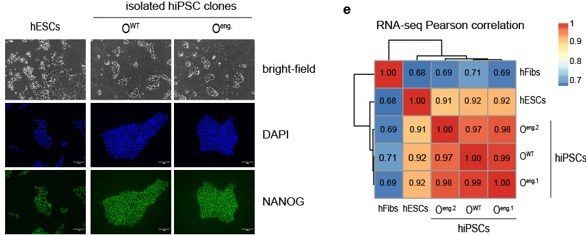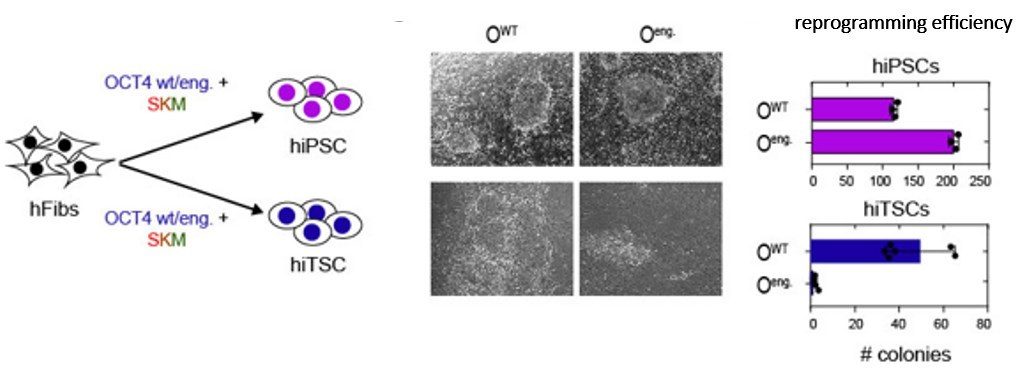
The discovery that human adult cells can be reprogrammed to become pluripotent cells with the potential to produce all cell types in the body is a major scientific achievement.
Advantageously, the generation of induced pluripotent stem cells avoids the use of embryonic stem cells. However, reprogramming adult cells is a highly inefficient process that can lead to the generation of other unrelated lineages, such as neurons, as well as producing extra-embryonic trophoblast.
We have identified novel reprogramming factors that are smaller in size than wild-type factors and which can convert differentiated or somatic cells into cells with pluripotent potential. The factors are highly specific for reprogramming and only generate pluripotent stem cells.
Application
Engineered factors that can improve the efficiency of cellular reprogramming for iPSC research
Development Status
IP Status
Commercial Offerings
The technology is available for licensing or collaborative research
Opportunity
Edinburgh researchers have generated a series of engineered molecules that retain a highly specific ability to reprogram adult or fully differentiated cells into pluripotent stem cells only.
Technology
We have identified and tested a number of engineered molecules that:



Benefits
Quote: TEC1104133

Technology Transfer Manager
School of Biological Sciences
The Roslin Institute
College of Veterinary Medicine